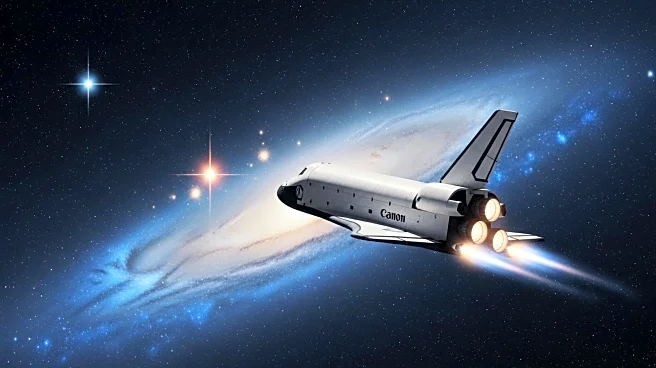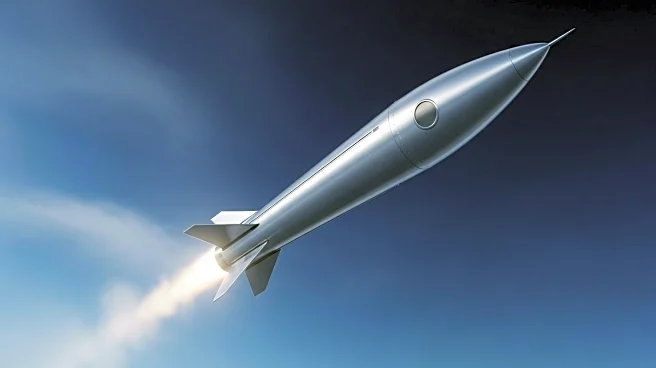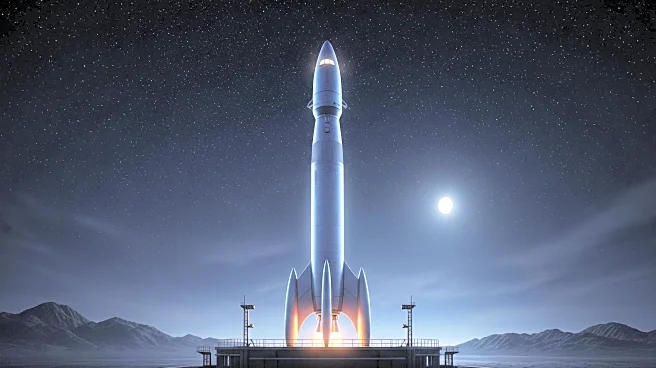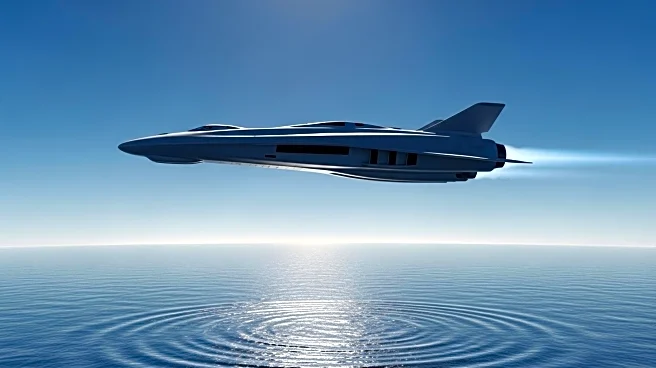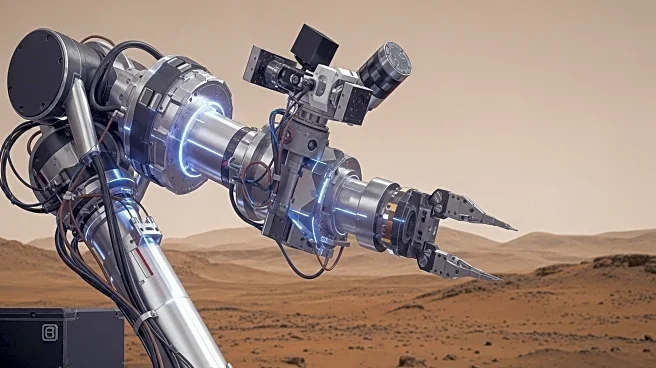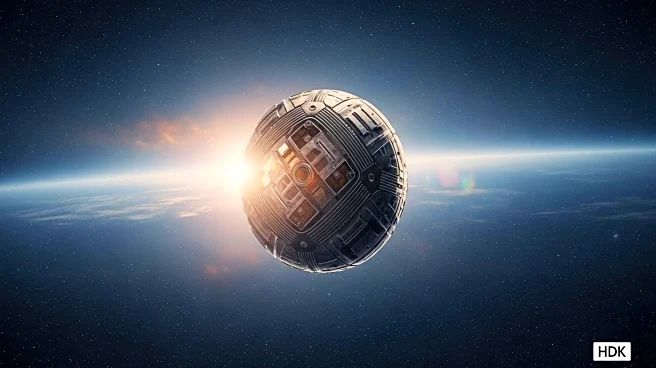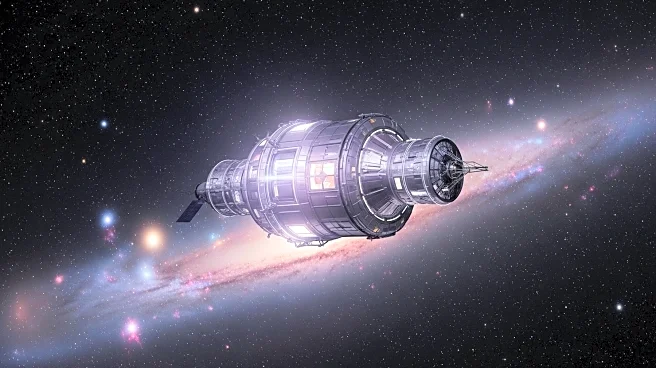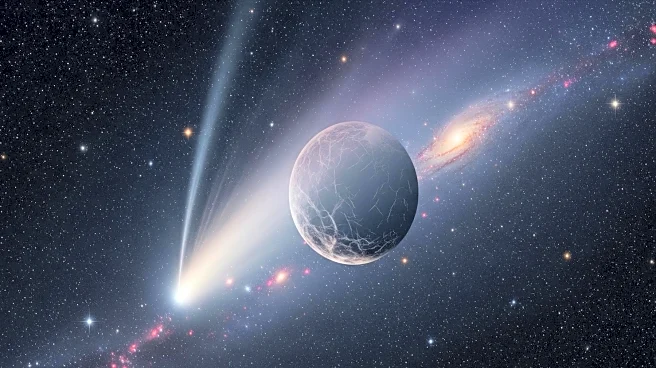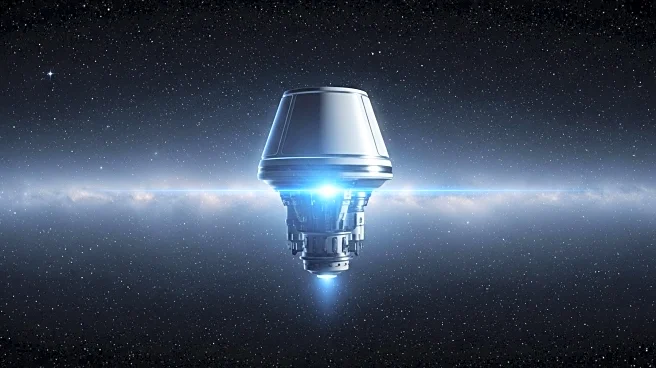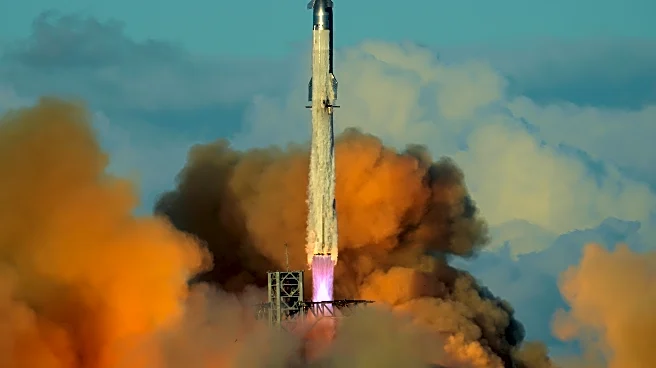What's Happening?
Space exploration continues to be a key driver of innovation in science and technology, fostering new partnerships and opportunities to address global challenges. The focus has shifted to joint human and robotic missions, targeting near-Earth asteroids, Mars, and destinations beyond the solar system. The International Space Exploration Coordination Group (ISECG) outlines a vision for space exploration through 2050, emphasizing foundational activities in low Earth orbit and intensifying exploration activities on the Moon and Mars.
Why It's Important?
Space exploration plays a crucial role in inspiring young people to pursue education and careers in STEM disciplines, contributing to the development of a skilled workforce. The innovation driven by space exploration leads to advancements in various fields, including materials science, health, medicine, transportation, and computer technology. As more countries and non-governmental entities engage in space exploration, the potential for international collaboration and shared technological advancements increases.
What's Next?
The ISECG's roadmap sets the stage for future exploration missions, with a focus on international collaboration and the development of new technologies. As space exploration activities intensify, participating agencies will continue to share information and coordinate efforts, potentially leading to new partnerships and technological breakthroughs. The growing interest in space exploration may also drive increased investment and development in the space sector.
Beyond the Headlines
The emphasis on international collaboration in space exploration reflects a shift towards more inclusive and cooperative efforts, potentially leading to ethical considerations regarding resource sharing and the peaceful use of space. The innovation driven by space exploration may also have long-term implications for economic growth and technological development, as new technologies find applications on Earth.
